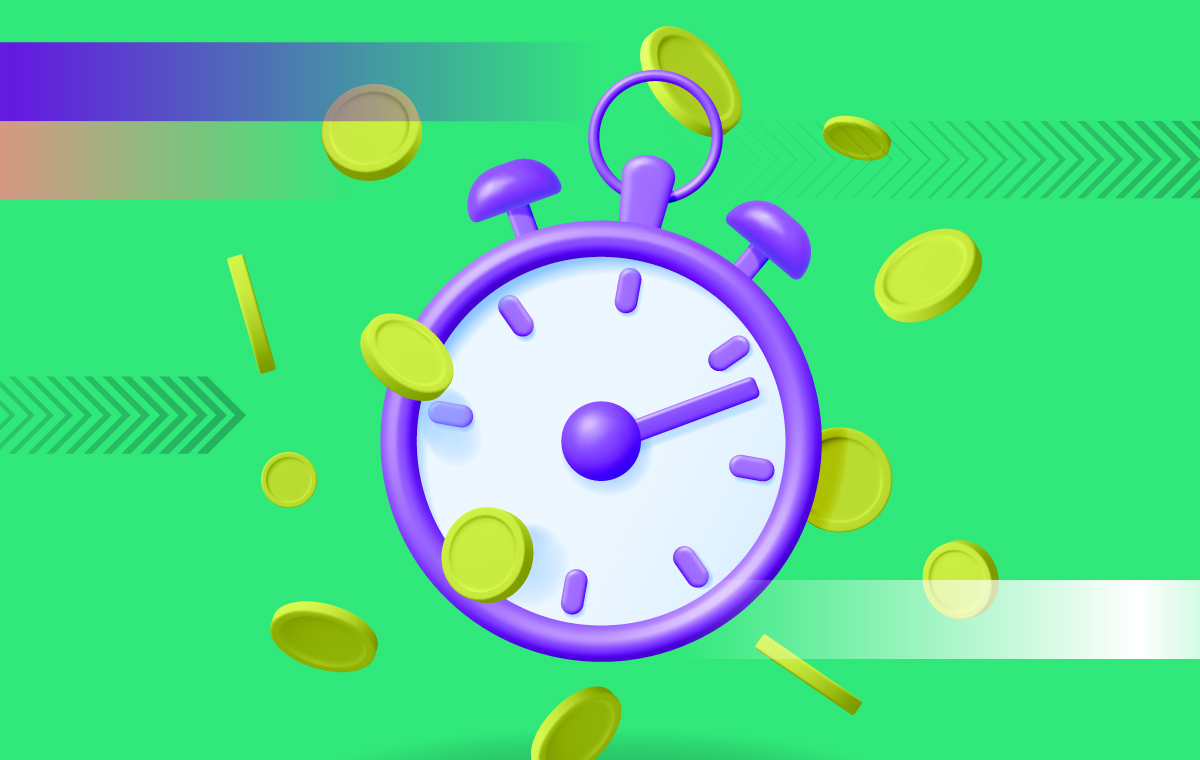For eCommerce businesses, Q4 isn’t just another quarter; it’s the make-or-break season. The holiday shopping frenzy means traffic surges, but it also means intense competition. In this high-stakes environment, even slight slowdowns on your website can have massive revenue implications, costing you sales and customers.
The solution isn’t just about handling traffic; it’s about understanding and leveraging the direct, undeniable link between website speed and conversion rates. This post will delve into why every millisecond matters, demonstrating how speed directly drives sales and outlines how you can optimize for it to maximize your Q4 potential.
The Impatient Shopper: Why Every Millisecond Counts
We live in an age of instant gratification. Modern consumers have zero tolerance for sluggish websites, especially when they’re in a hurry to find the perfect gift or snag a limited-time deal.
Modern consumer expectations: Today’s shoppers expect your site to load almost instantly. Anything less can feel like a frustrating barrier.
The impact of slow loading times: The statistics are stark. Research consistently shows that:
A 1-second delay in page response can result in a 7% reduction in conversions.
For every 100-millisecond decrease in homepage load speed, there can be a 1.11% increase in conversion rate.
Websites that load in 2 seconds have an average bounce rate of 9%, while those that take 5 seconds see a bounce rate of 38%. These numbers aren’t just academic; they represent real lost revenue.
How a fast site builds trust and reduces frustration: A fast, responsive website signals professionalism and reliability. It reduces user frustration, encouraging longer sessions, more page views, and ultimately, a higher likelihood of purchase.
Speed as a Conversion Rate Optimization (CRO) Powerhouse
Think of website speed not as a technical detail, but as a fundamental component of your Conversion Rate Optimization (CRO) strategy.
Faster product page loads lead to more views and additions to cart: When product pages load quickly, shoppers can browse more items, compare options efficiently, and add desired products to their carts without frustrating delays. Each quick load removes a potential point of friction.
Seamless checkout experiences reduce cart abandonment: The checkout process is where many sales are lost. A slow or clunky checkout, even if it’s just a few seconds, can lead to high cart abandonment rates. Speeding up each step—from entering shipping details to payment processing—creates a frictionless path to purchase.
Mobile responsiveness and speed for on-the-go shoppers: A significant portion of Q4 shopping happens on mobile devices. A mobile-optimized site that loads instantly is crucial for capturing impulse buys and catering to shoppers on the go, whether they’re in line at a physical store or Browse from their couch.
Case studies/examples of speed improvements leading to CRO gains: Imagine an eCommerce store that reduces its average page load time by 500 milliseconds. This seemingly small improvement could lead to a 2% increase in its overall conversion rate. For a business doing $1 million in sales per month, that’s an additional $20,000 in monthly revenue, simply from making their site faster. The ripple effect across product views, add-to-carts, and completed transactions is profound.
Boosting Your Q4 Visibility: Speed’s SEO Advantage
The benefits of speed extend beyond direct conversions; they significantly impact your organic visibility.
How site speed is a ranking factor for search engines: Search engines like Google have explicitly stated that page speed is a ranking factor, especially for mobile searches. They prioritize faster, more user-friendly websites in their search results.
Faster sites get better crawl budgets and higher organic visibility: Search engine crawlers can process more pages on a fast site within their allocated crawl budget. This means your new products and updated content are indexed faster, leading to higher organic visibility.
The virtuous cycle: It’s a powerful feedback loop:
Speed leads to:
- Better User Experience (UX), which results in
- Higher Search Engine Rankings, driving
- More Organic Traffic, and ultimately,
- More Sales.
Realizing the Revenue Potential
The impact of speed on revenue is not abstract; it’s quantifiable.
Small speed gains, big revenue increases: Many businesses underestimate the compounding effect of minor speed improvements. Tools like a “Cost of Slowness Calculator” can help you project the potential revenue lift from even a fraction of a second improvement in page load time. The figures are often eye-opening.
Outperforming competitors with superior site performance: In a crowded Q4 market, a faster website is a competitive differentiator. If your site offers a smoother, quicker experience than your rivals, you’re more likely to capture and retain customer attention and dollars.
Speed is Your Q4 Revenue Driver
Website speed is not just a technical optimization; it’s a core revenue driver that directly impacts your bottom line. This Q4, don’t leave money on the table. Every millisecond you shave off your load times translates into a better user experience, higher conversion rates, improved SEO, and ultimately, more sales.
Take proactive steps to optimize your eCommerce site now. Focus on performance, and watch your conversions climb.
Yottaa helps eCommerce businesses achieve peak performance by automating and simplifying the complex optimizations required to deliver lightning-fast web experiences. Our solution intelligently manages everything from image optimization to third-party script control, ensuring your site is always performing at its best, so you can maximize your Q4 conversions and make this holiday season your most profitable yet.
Ready to learn more? Schedule a demo today and get a free copy of our 2025 Holiday Readiness guide!

